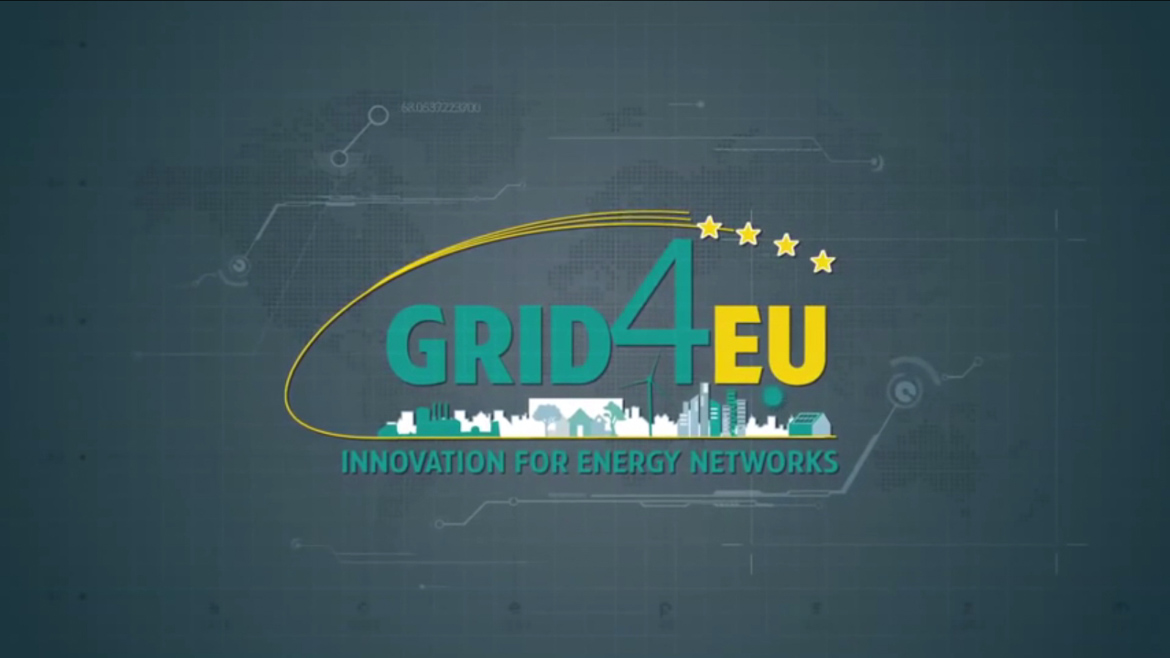The Italian project is developed by Enel in partnership with important collaborators and aims at realizing advanced smart grid solutions to help the medium voltage network to become more flexible, implement active control of renewable energy sources, demonstrate advanced solutions under real operating conditions and on large-scale implement demand response for medium voltage Customers.
Enel has been one of the first companies to tangibly believe in and invest in smart grids. In Grid4Eu, where Enel place an important role of Technical Coordinator, is a key project to our efforts. It proposes six demonstration projects aiming at fostering the distributed energy resources integration into the grid, enabling energy efficiency and integrating active demand and new ways of exploiting electrical energy. These projects aim at demonstrating, on a large scale, new technologies, innovative methodologies for managing the electrical system and a new smart measuring systems. The final goal is to achieve excellence within the distribution grid.
The exponential growth of renewable energy resources registered in Italy over the past years has obliged the grid to adapt to new scenarios, a necessary evolution to improve the management of the energy flows and to guarantee the quality of service. The demonstration site is in the Emilia Romagna region in the province of Forlì-Cesena an area with a high penetration of photovoltaic generation. The project involves two primary substations, more than 100 secondary substations and five medium voltage generators, 20 medium voltage feeders are involved and 35,000 low voltage customers will benefit from the results of the experimentation.
Italian demonstration of the grid4eu project is located in Emilia Romagna region in the valley of Savio, province of Forlì Cesena. In this area the distribution network characterics and very high penetration of the distributed generation give the possibility to test advanced solution in the integration of renewable energy sources. The project is very important to optimize the management of power flow while assuring high standards internal power quality. In this project an advanced control system has been developed to exchange information with the network’s key components. Before the field installation, we have tested all the new devices here in Milano in our smart grid the test center. It's a very relevant to check everything before going in real operation and in the Greed for Europe project we have used this laboratory especially thanks to the real-time digital simulator that can emulate, simulate as a natural conditions. It's a key step where you have to test them to bring in field a new devices.
In the primary substation there is the brain of the overall system where the control algorithms send control commands to the distributed generators and to the storage system. The new devices installed in the secondary substations acquire the necessary data for the network state estimation and performing the voltage control. In some of these substations communication system is also under test via a powerline carrier. Thanks to the innovative devices installed the distributed generators become key players in the network's management supporting the voltage control through the reactive power modulation. The generation customers recruitment has been a key step this delicate work started in 2013. Another key element is the electric energy storage system using lithium-ion batteries that Enel has installed and connected at the secondary substation called Smistamento. The storage has 1MVA power and one MWh capacity. It is used for voltage control on the medium voltage grid. This project represents for Italy a further step towards the smart grids implementation on a large scale. So in the future, which is now becoming present, the distribution grid will become more flexible and better equipped to address the challenges of integrating renewable energy generation.
